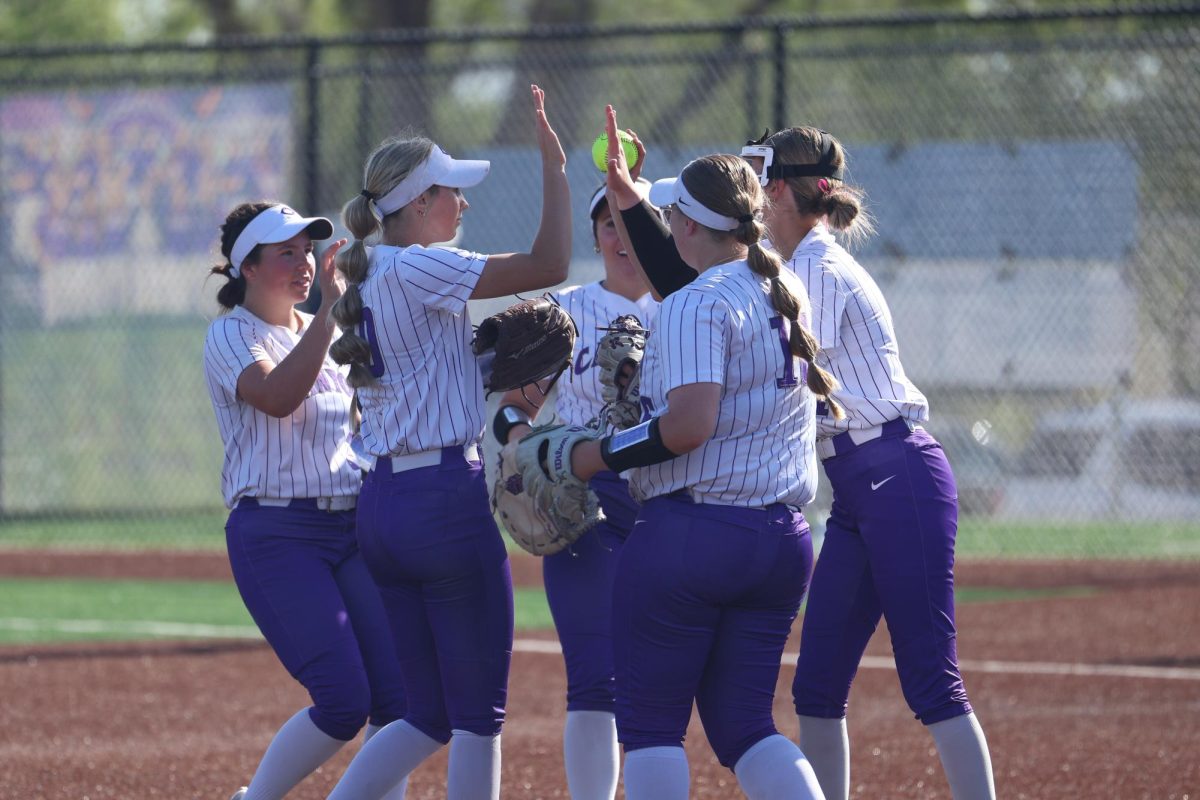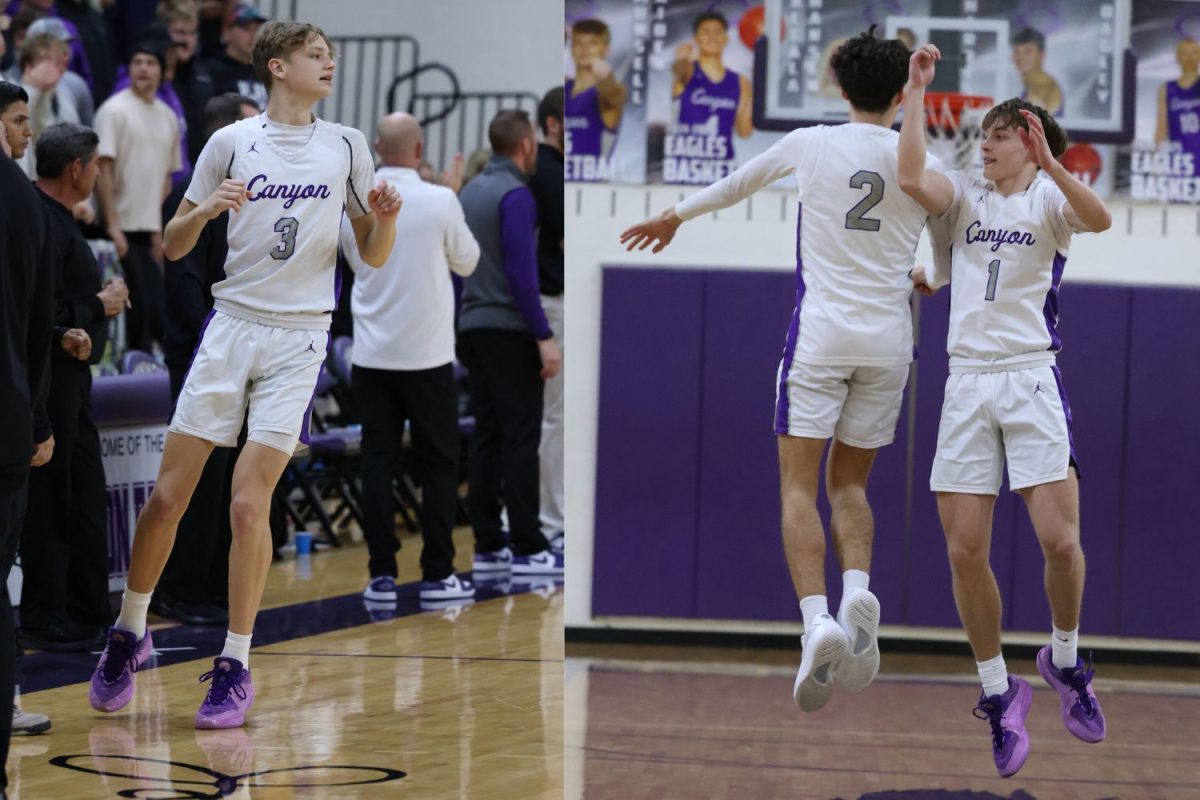The University of Nebraska and University of Colorado left the Big 12 Conference July 1 for opportunities elsewhere. Nebraska entered the 12-team Big 10 while Colorado moved to what is now the Pac-12. Both schools announced their departures last August, leaving the Big 12 with 10 teams and out of a conference championship game in football. Conference commissioner Dan Beebe announced Sept. 21 he was working with the Big 12 to resign from his position, and Chuck Neinas took over two days later for the interim between then and when the conference decides on a long-term candidate.
For the past few weeks, Texas A&M University has battled with the league over jumping the sinking Big 12 ship in favor of becoming the 13th member of the Southeastern Conference. Their main complaint was to Longhorn Network, the University of Texas-Austin’s channel the ESPN sponsors in exchange for a 20-year, $300 million deal. On Sept. 25, Texas A&M made it official and will join the SEC effective July 1, 2012. With Texas Christian University abandoning their Big East bid to join the Big 12, the conference will have 10 teams next season.
Nebraska and Colorado set in motion not only reforms in the Big 12, but conference realignment talks have stretched to the powerhouse conferences. Previously, realignment only affect Division I mid-majors without Football Bowl Subdivision programs and lower division leagues, but in the past year and even today, FBS schools talk every day of realignment until the transfer is set. The changes to the NCAA picture have consequential impacts on high school prospects all across the nation. When colleges follow the almighty dollar, everyone else pursues it.
The realignment, for the most part, impacts student-athletes, but since colleges and universities also meet with their conferences about security, finances for the league, season schedules, scholarships and much more, the general student population will see changes as well. With the Big 12 down to nine teams, aside from the obvious adjustments, fewer in-league opponents and the lack of a championship game in football, the conference loses money from their share of each individual school’s revenue from games. They don’t even have the strongest foundation, considering every conference change centers around football.
If the conference has a lower budget to work with, the schools without major contributors to athletic and academic programs may have to trim organizations or even outright cut them. Sponsorship reductions can hurt recruiting for students, athletes or otherwise, and dissuade them from enrolling in or even applying for schools in the midst of unstable conference situations. Realignment may do some good for the teams moving around, but not so much for those left behind. Schools may even lose monetary contributions from alumni and boosters if others leave them behind in a crumbling conference or even if they opt out to someone else.
When the schools have less money to work with, as with the Canyon ISD budget scenario, they have to decide what they need to cut back on or cut out all together in order to absorb the costs. This could mean schools scale back on certain organizations, scholarships, programs and majors they deem the least necessary or prestigious. For some, it could be an encouragement to step up. For others, it could be the final blow for a lot of unpopular organizations. Combined with the State of Texas’s education cuts, it hits hard even within the home state.
With all that goes on with realignment, schools that cop out to another league believe they are doing what is best for them. That may be so, but in doing so, they leave the remainder of the conference, athletes, students, staff and alumni, in a bit of a disarray. The chaos ensuing now with conference realignment does not do very many schools well.







